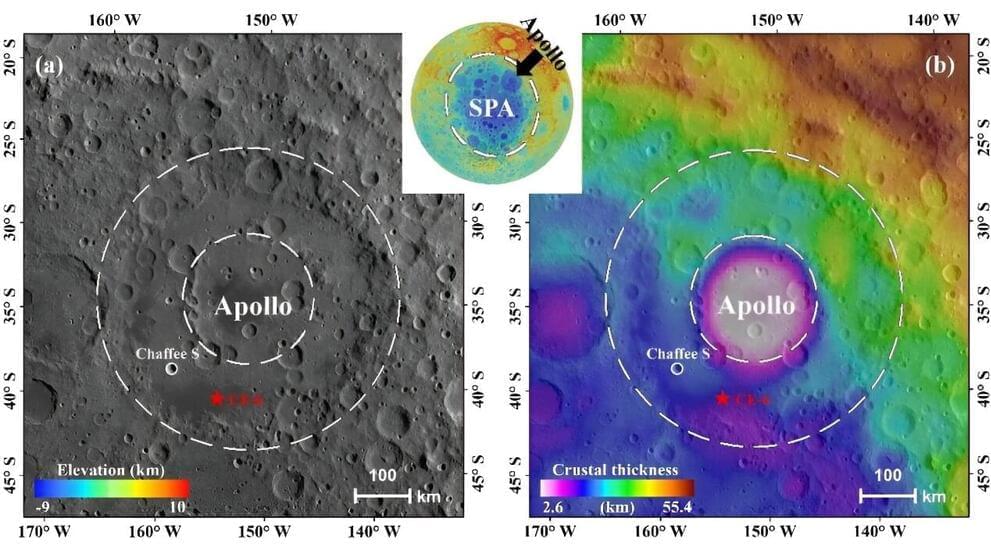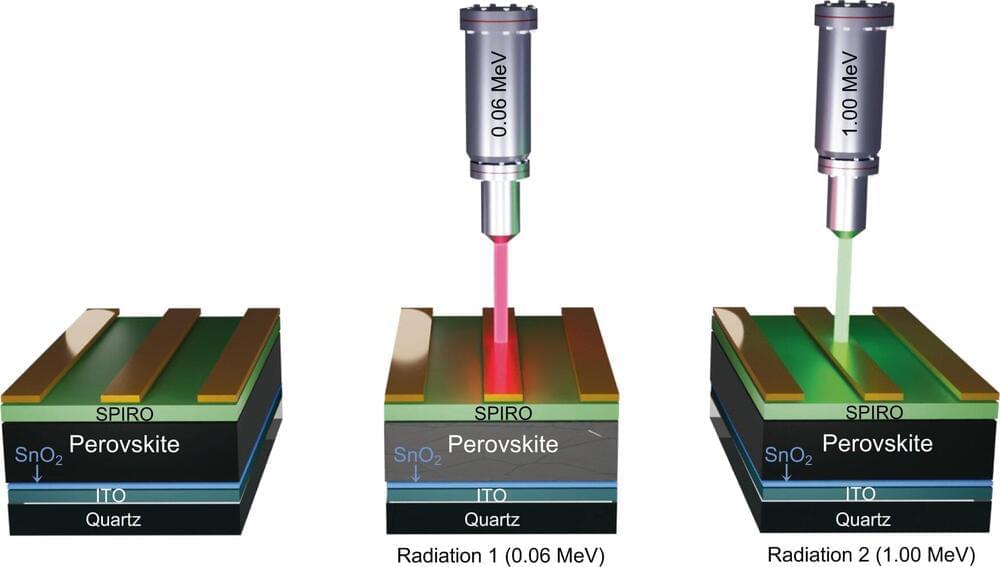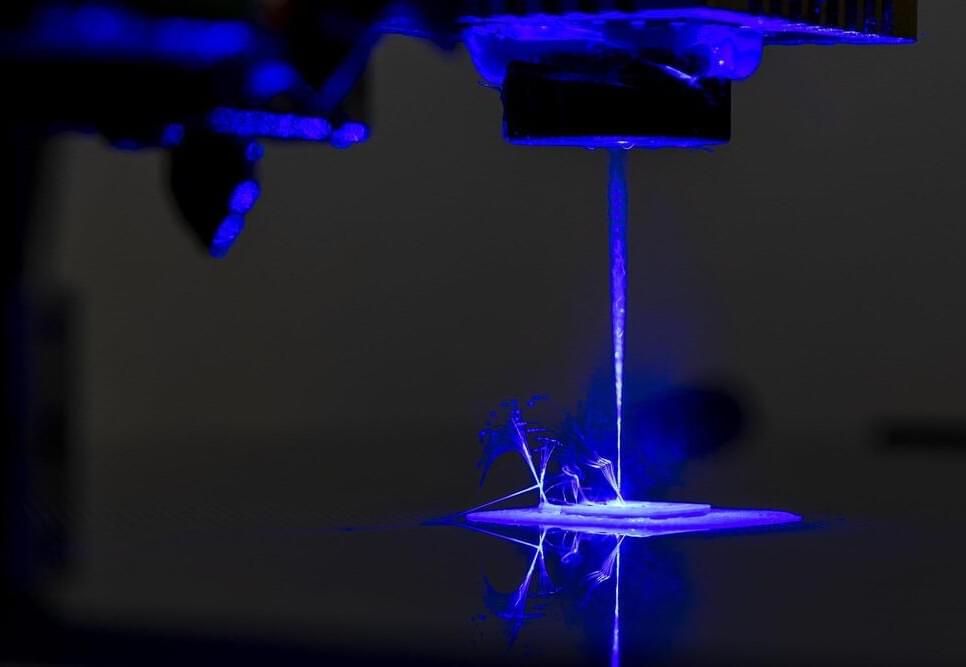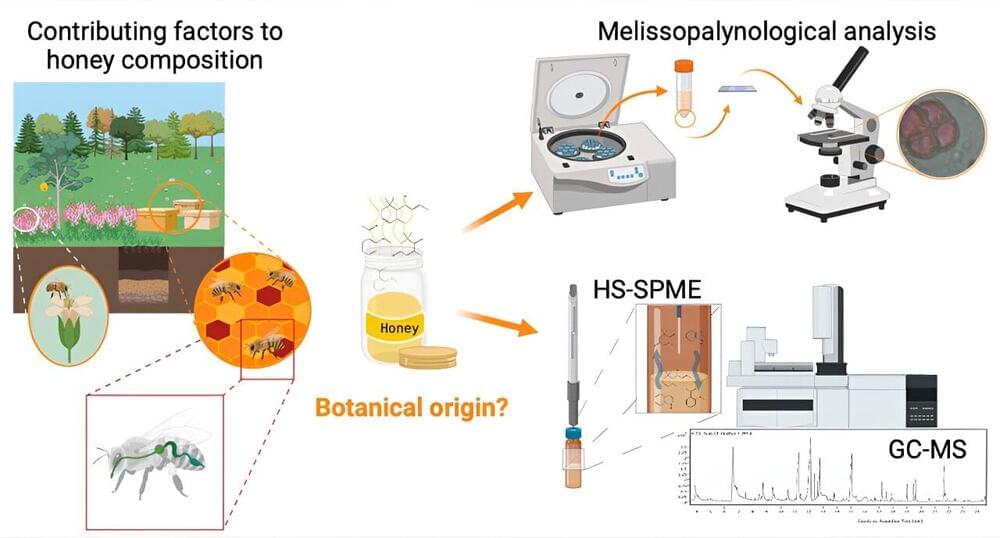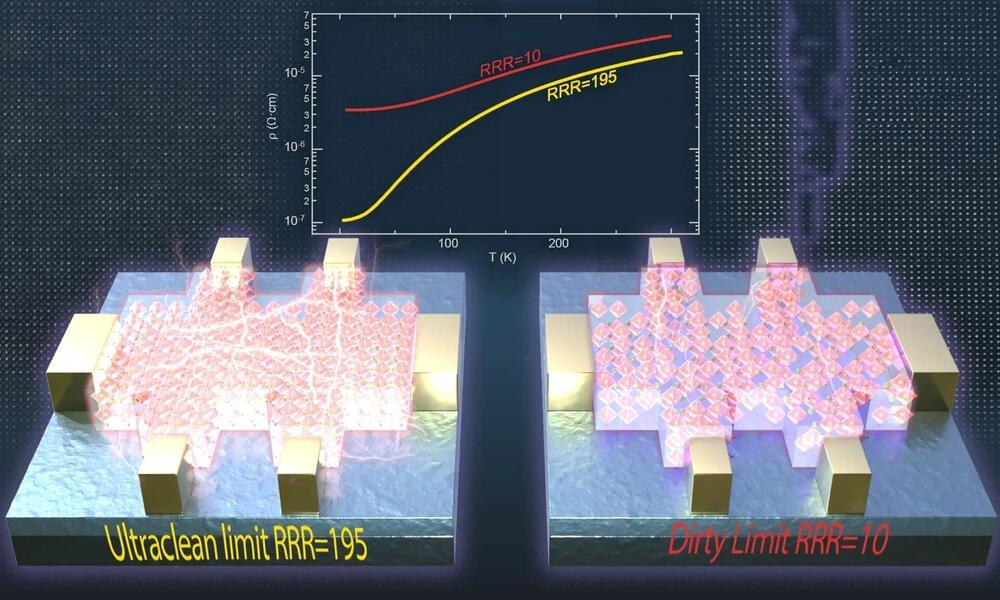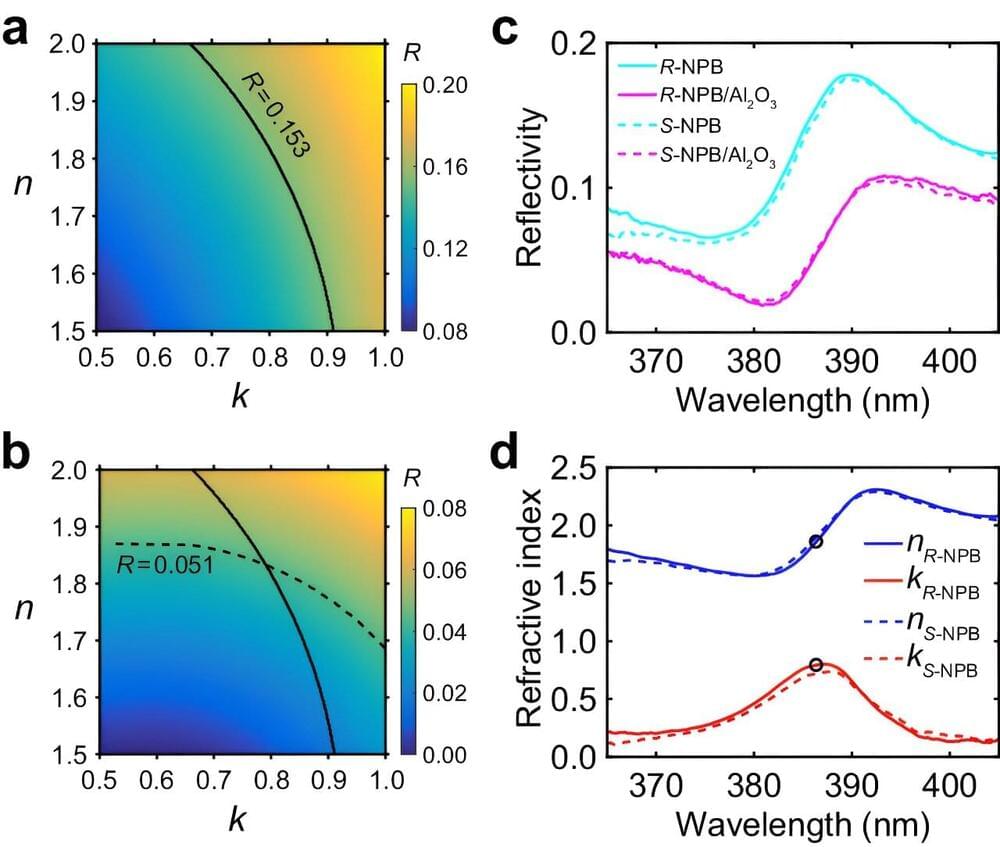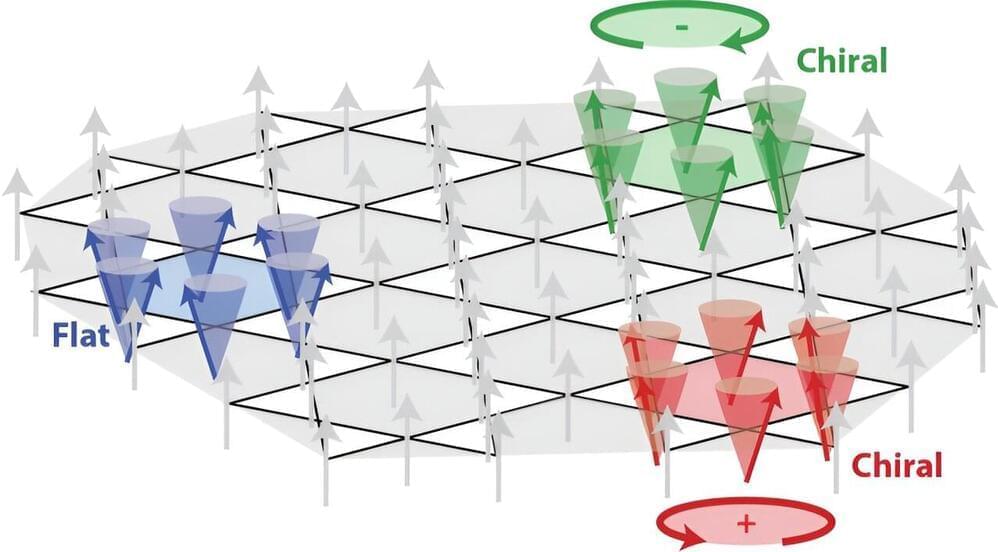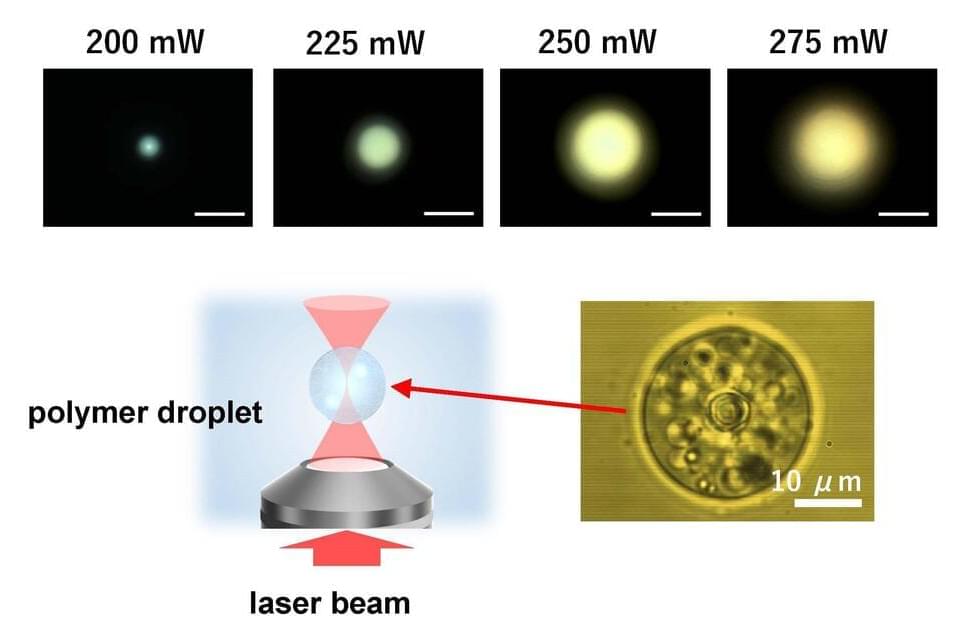On June 25, China’s Chang’e-6 (CE-6) lunar probe is set to return to Earth, carrying the first surface samples collected from the farside of the moon. In anticipation of this historic event, scientists from the Institute of Geology and Geophysics at the Chinese Academy of Sciences are publishing their predictions for the unique materials that may be found in the CE-6 samples in the journal The Innovation.
The space environment is harsh and full of extreme radiation. Scientists designing spacecraft and satellites need materials that can withstand these conditions.
Many people are familiar with oncogenes—genes long known to be involved in cancers in humans, such as the gene Src. What’s less widely understood is that oncogenes didn’t evolve just to cause cancer in species, but rather to control events of normal growth and differentiation.
University of Missouri researchers have developed a way to create complex devices with multiple materials—including plastics, metals and semiconductors—all with a single machine.
The research, which was recently published in Nature Communications, outlines a novel 3D printing and laser process to manufacture multi-material, multi-layered sensors, circuit boards and even textiles with electronic components.
It’s called the Freeform Multi-material Assembly Process, and it promises to revolutionize the fabrication of new products.
Perfume making dates back at least 3,000 years—to the time of Tapputi-belat-ekalle, who is considered the first chemist in history. What we know about her comes from inscriptions on fragments of clay tablets dating back to the Middle Assyrian period (1400–1000BC).
Terahertz technology could help us meet the ever-increasing demand for faster data transfer rates. However, the down-conversion of a terahertz signal to arbitrary lower frequencies is difficult.
In a paper published today in Nature Communications, researchers unveiled previously unobserved phenomena in an ultra-clean sample of the correlated metal SrVO3. The study offers experimental insights that challenge the prevailing theoretical models of these unusual metals.
The international research team—from the Paul Drude Institute of Solid State Electronics (PDI), Germany; Oak Ridge National Laboratory (ORNL); Pennsylvania State University; University of Pittsburgh; the Pittsburgh Quantum Institute; and University of Minnesota—believes their findings will prompt a re-evaluation of current theories on electron correlation effects, shedding light on the origins of valuable phenomena in these systems, including magnetic properties, high-temperature superconductivity, and the unique characteristics of highly unusual transparent metals.
The perovskite oxide material SrVO3 is classified as a Fermi liquid—a state describing a system of interacting electrons in a metal at sufficiently low temperatures.
Chiral molecules—that is, those that have mirror images of themselves—have significant benefits for transistors and solar energy devices. Studying their properties in close detail, though, has been tricky due to the limited methods for doing so.
“People are always searching for chiral ground states,” McQueeney said. “The reason we use the concept of quasiparticle here is because it is a way of transmitting energy or information, like an electron is a quasiparticle, and we can send it from point A to point B, carrying some information.
A chiral quasiparticle would have other attributes to it. It would have a handedness, for example, and so you could think about novel ways to, say, transmit information from point A to point B, which didn’t involve moving a charge, but moving some chiral signal.
Discovering this new chiral excitation was especially exciting for McQueeney, You don’t expect it to be there, he said. And we still don’t understand why it’s there. As a matter of fact, we’re setting up other experiments to look for it in other materials.
A novel technique with potential applications for fields such as droplet chemistry and photochemistry has been demonstrated by an Osaka Metropolitan University-led research group.
